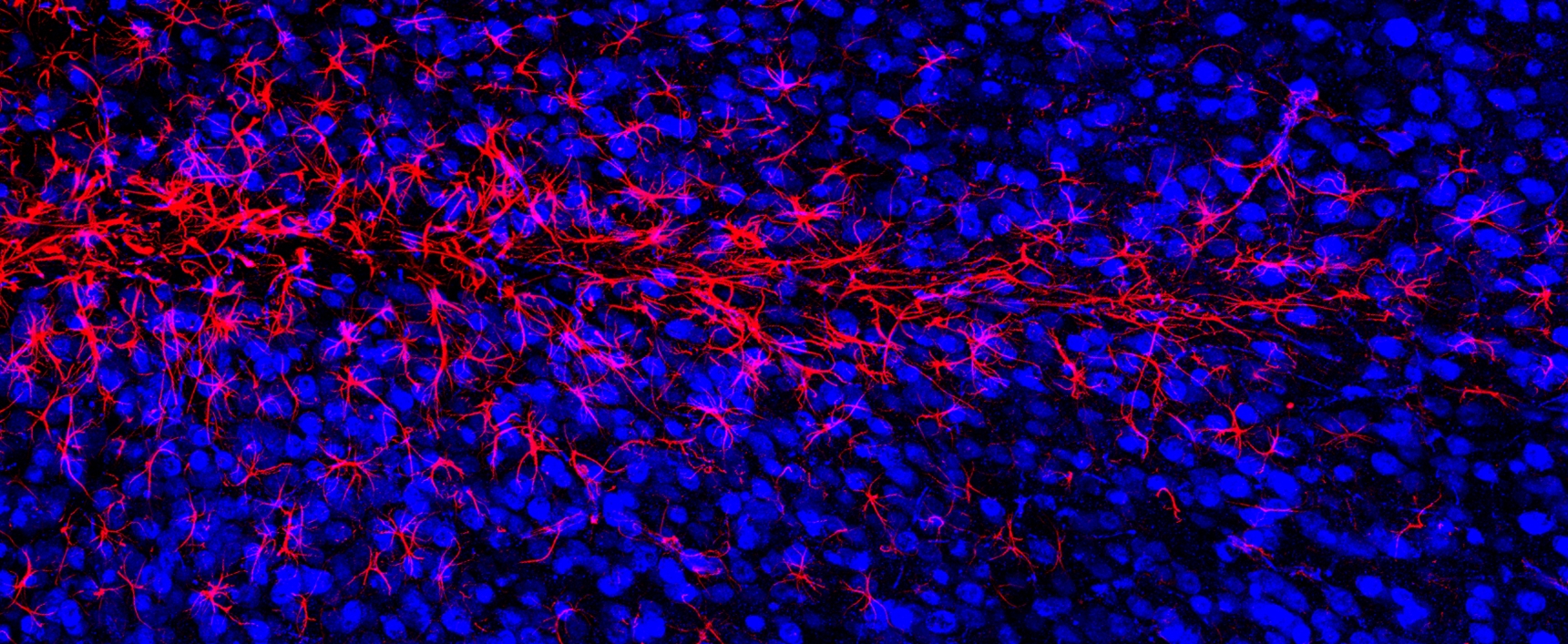You are here
From Actin Dynamics to Membrane Trafficking: Intracellular Mechanism Controlling Astrocyte Reactivity and Scar Formation in the Brain
Speakers
Abstract
The nervous system lacks the ability to regenerate nerve cells and is therefore particularly vulnerable to injury. Following brain injury or infection, various cells have to work together in a coordinated manner in order to limit damage and enable recovery. 'Astrocytes', the most common type of glial cell found in the central nervous system, play a key role in the protection of surrounding tissues. They form part of a defence mechanism known as 'reactive astrogliosis', which facilitates scar formation, thereby helping to contain inflammation and control tissue damage. In my seminar, I will present our work describing how the actin cytoskeleton and intracellular membrane trafficking controls essential aspect of astrogliosis responses and how these cellular machineries are essential during scar formation. Our work encompasses biochemistry, cell biology (lots of live cell imaging!!) and in vivo manipulation in rodent models to test our mechanisms.


